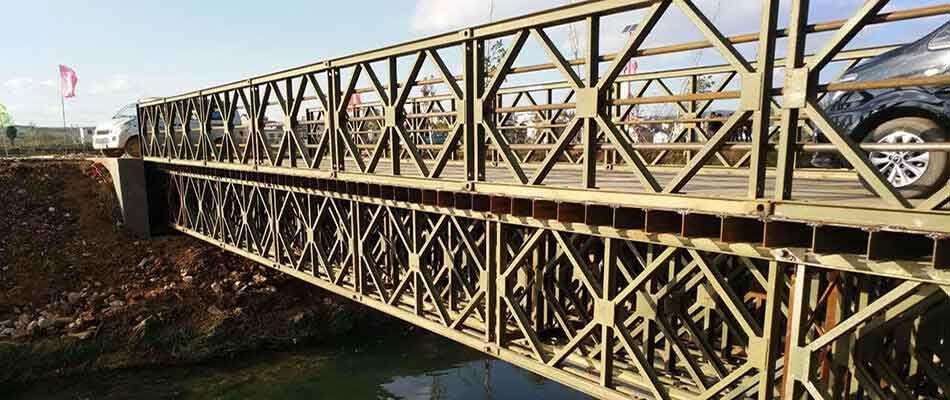Sir Donald Coleman Bailey, passed away on May 5, 1985. He was a British engineer who invented the Bailey bridge, which was of great military value in World War II.

Photo: Nicolas Janberg
I need to get something off my chest. In 2022, as part of its goal of achieving climate neutrality by 2050, the EU presented its first package of measures to accelerate the transition to a circular economy. This is in line with the EU’s Circular Economy Action Plan. The construction sector has an important role to play here, as it is the main consumer of primary raw materials, energy and water, as well as the largest producer of waste.
What bothers me is that the concept of circular building is now being used/abused in many ways. Every manufacturer of building materials claims that their material is ‘100% circular’, but in doing so, everyone interprets the concept of circularity in his or her own way. Circular building is threatening to become a catch-all term and to lose its real meaning.
Circularity has many aspects, and one of them is re-useability of building materials. When Donald Bailey invented his Bailey Bridge, nobody talked about the concept of circular economy. But it sure is a perfect example of the ability of steel to be re-used almost endlessly. As long as you have clever engineers who design prefabricated, standardized and demountable elements.
Back to Sir Bailey. in 1929 he joined the staff of the Experimental Bridging Establishment of the Ministry of Supply. When World War II broke out, he had already developed an idea for a military bridge, and in late 1940, at a conference on the problem of providing temporary spans capable of taking heavy loading, his concept of a strong but relatively light steel truss that could be prefabricated in sections was at once approved. The characteristics of the Bailey bridge were standardization and simplicity of panels, readiness of assembly in the field, capacity for additional strengthening by doubling or tripling the truss girders, and adaptability to long spans with the aid of pontoons.

Photo: steelbaileybridges.com
The Bailey parts were made of standard steel alloys, and were simple enough that parts made at a number of different factories were interchangeable. Each individual part could be carried by a small number of men and no cranes are required for lowering the bridge into place.
Bailey bridges are in still in regular use throughout the world, particularly as a means of bridging in remote regions. They are also often used as temporary solutions when the original bridge is damaged or destroyed by floods or earthquakes.

Source: waymarking.com
About the Author:

Bruno Dursin – Managing Director at Believe in Steel. Bruno has more than 30 years of experience in promoting steel & steel solutions. His clients benefit from his extensive network within the building industry.



